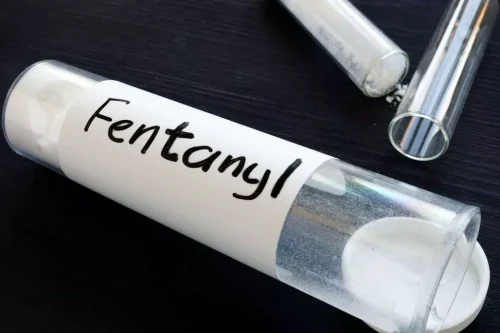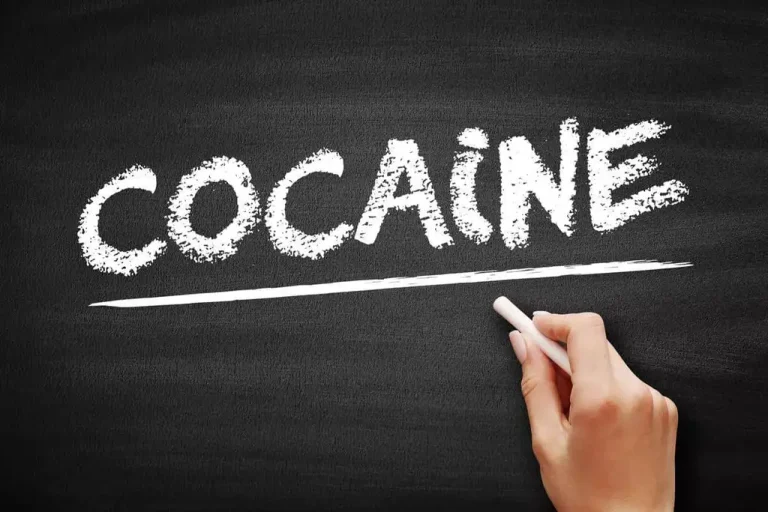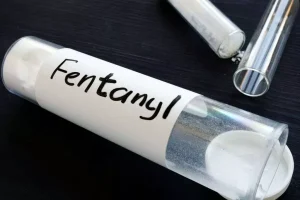
The percentage of apoptotic myocytes in ACM is relatively low but, in combination with a persistent decrease in myocyte proliferation, they may contribute to Sober living home an absolute cell loss and decreased cardiac contractility 52,115. Recent data favored a role for micro RNA, such as the involvement of miR-378a-5p in cardiomyocyte apoptosis and ACM development through ALDH2 gene suppression 120. Before recognizing that ethanol itself is the etiological factor of ACM, different theories and hypotheses emerged 1,66. It was suspected that malnutrition, frequently related to chronic alcohol misuse, was the origin of ACM 6,67.
- In the absence of myocardial biopsy, the diagnosis of myocarditis is always questionable.
- Individuals who suffer from cirrhosis of the liver have a potentially fatal condition.
Health Conditions
The percentage of effective abstinence achievement on these patients submitted to specific programs ranges from 50% to 60% 8,9. Therefore, many ACM subjects are not able to effectively control their alcohol-consumption rates. Therefore, any decrease in the previous quantity of alcohol consumption may improve, to some degree, cardiac health 51. Since ACM is related to frequent perioperative events and high postoperative morbidity what is alcoholic cardiomyopathy 139, detection and treatment of ACM is compulsory to avoid anesthetic and surgical complications 140. Doctors can measure your blood pressure and check for left ventricular hypertrophy on an echocardiogram.
Alcoholism & Cardiovascular Issues
This test will assess the ejection fraction (EF), a measurement that expresses how much blood the LV pumps out with each contraction. Once doctors have found this, they will look for the cause of the weakened heart. Cardiotoxicity refers to heart damage that occurs in response to certain drugs, such as alcohol. Still, medical professionals have not identified a specific alcohol level toxic to heart cells. They also have not established how long a person would need to consume alcohol before developing ACM.
How to Know if You Might Have Valvular Heart Disease vs Alcoholic Cardiomyopathy

Most individuals who stop drinking alcohol begin to feel better within three to six months. Some symptoms may improve even sooner, depending on the treatment and severity of the case. Involvement in long-term management, including lifestyle changes and seeking support, significantly improves prognosis and quality of life for those dealing with alcoholic cardiomyopathy. By combining alcohol abstinence with appropriate medications and healthy lifestyle changes, individuals with alcoholic cardiomyopathy can improve their heart health and overall quality of life. Understanding these treatment approaches is vital for those navigating the complexities of this condition.
- However, no other biopsy study of patients with presumed alcohol-induced cardiomyopathy has found this.
- Osteoporosis occurs when a person’s bones decrease in density and become more brittle and prone to breaking.
- Unfortunately, all the available reports were completed at a time when a majority of the current heart failure therapies were not available (Table 1).
- Individuals who completely quit alcohol generally have improved overall outcomes.
Acetaldehyde damage
The final result is that achieved from the equilibrium between the degree of damage and the capacity of heart repair mechanisms in each specific individual 31,56. Research shows that limiting alcohol intake can reduce the likelihood of developing alcohol-related health issues, including alcoholic cardiomyopathy. For women, it is advisable to limit alcohol consumption to seven drinks per week, while men should aim for no more than 14 drinks per week. In conjunction with alcohol abstinence, medical intervention is often necessary to manage the condition effectively. Healthcare professionals might recommend medications such as ACE inhibitors and beta-blockers. These drugs help regulate blood pressure and improve heart function, which are essential for individuals diagnosed with alcoholic cardiomyopathy.

Join our addiction treatment communities

The diagnosis of alcohol-induced cardiomyopathy in our patient relied on the absence of known causes of dilated cardiomyopathy, the identification of excessive alcohol consumption and the improvement of cardiac function after the abstention from alcohol ingestion. Specifically, there was no evidence of a preceding viral infection or presence of another toxin. In our patient, acute myocardial injury and cardiomyopathy improved significantly with abstinence from alcohol. Some patients have shown improvement in left ventricular function within six months of stopping alcohol, with full recovery within 18 months. The effects of alcohol-induced cardiomyopathy may be lifelong for most chronic cases.
Signs and Symptoms
This holistic approach extends beyond medical treatment to encompass ongoing support for those dealing with substance abuse and addiction. For more insights on overcoming substance-related challenges, explore our section on character defects. Acute can be defined as large volume acute consumption of alcohol promotes myocardial inflammation leading to increased troponin concentration in serum, tachyarrhythmias including atrial fibrillation and rarely ventricular fibrillation. The heart’s LV attempts to compensate for this damage by enlarging to achieve a higher blood output. This eventually limits the heart’s ability to pump oxygen-rich blood around the body.
Cardiac magnetic resonance
Ethanol induces ACM in a dose-dependent manner, independently of nutrition, vitamin, or electrolyte disturbances. ACM produces a progressive reduction in myocardial contractility and heart chamber dilatation, leading to heart failure episodes and arrhythmias. Pathologically, ethanol induces myocytolysis, apoptosis, and necrosis of myocytes, with repair mechanisms causing hypertrophy and interstitial fibrosis. Myocyte ethanol targets include changes in membrane composition, receptors, ion channels, intracellular Ca2+ transients, and structural proteins, and disrupt sarcomere contractility. Cardiac remodeling tries to compensate for this damage, establishing a balance between aggression and defense mechanisms.
Acute vs. chronic

“Some people may think of social connection as optional, but it provides so many health benefits, mentally and physically,” Weinberg says. “With cardiomyopathy, it can help you feel stronger and more supported, which is key for managing the condition.” As pointed out before, the current accepted definition of ACM probably underestimates the number of women affected by the disease. https://ecosoberhouse.com/ Alcohol affects heart function and is dependent on the quantity of alcohol that the heart is exposed to. Women typically have a lower BMI than men, and therefore the same alcohol exposure can be achieved with lower alcohol intake.
